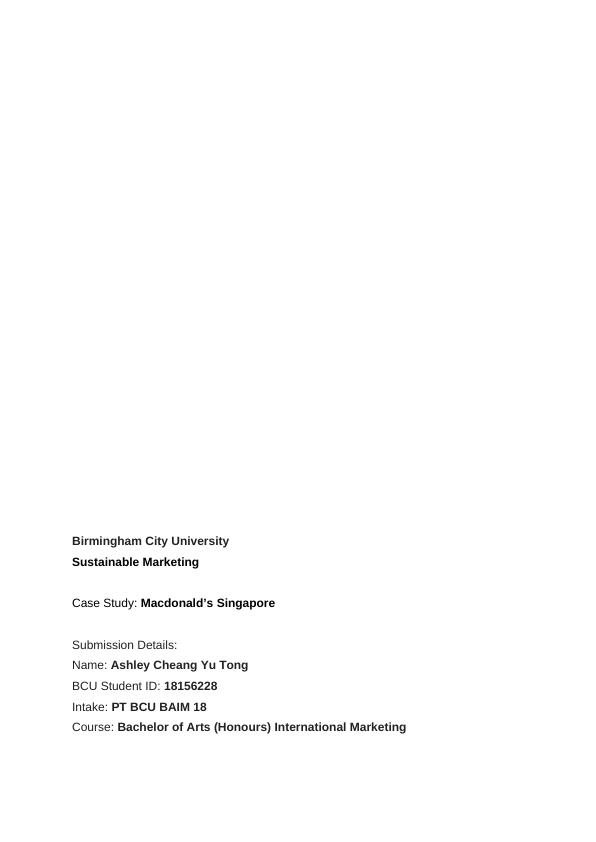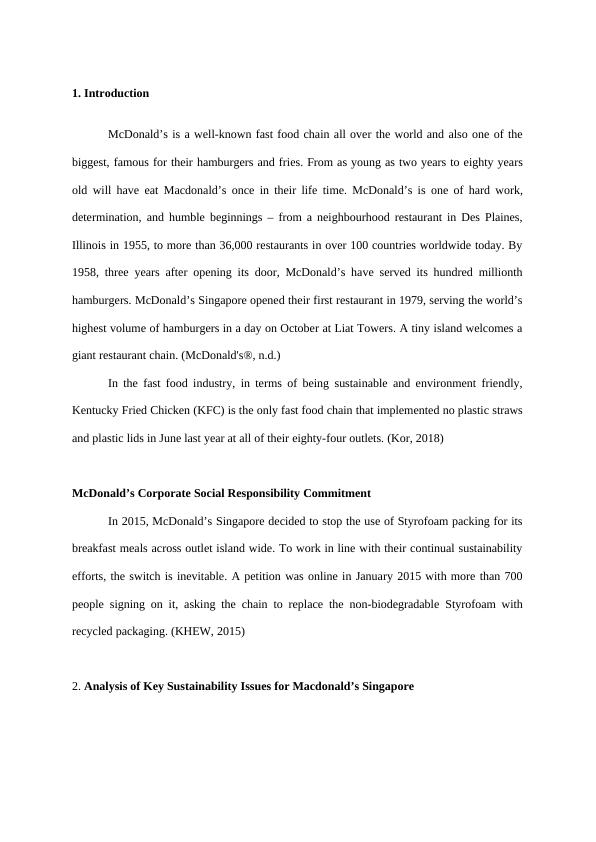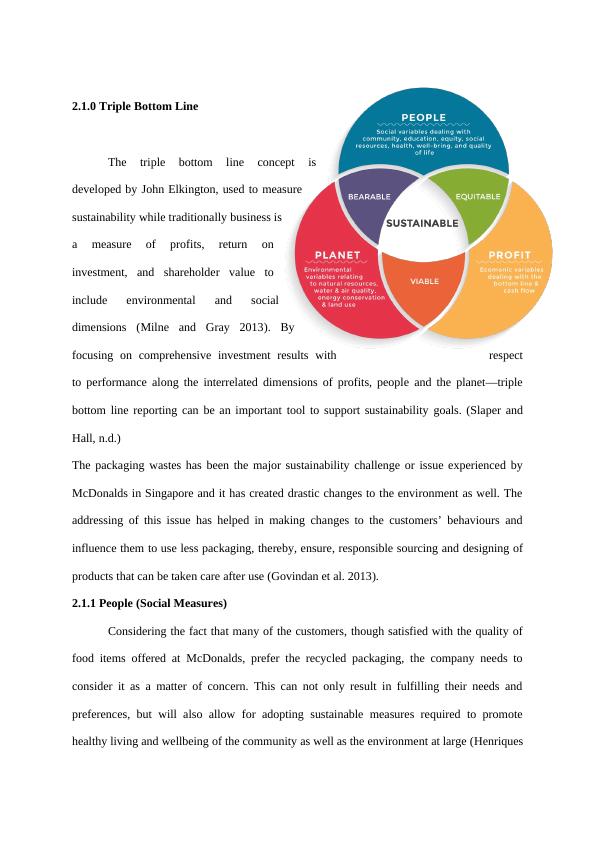Sustainable Marketing: Case Study of Macdonald’s Singapore
Analyzing the sustainability issues and providing recommendations for Macdonald’s Singapore.
17 Pages4792 Words430 Views
Added on 2022-12-12
About This Document
This document discusses the key sustainability issues faced by Macdonald’s Singapore and provides recommendations for sustainable marketing. It explores the triple bottom line concept, analyzes the social and environmental measures, and highlights the company’s profit-focused approach. The document also suggests marketing mix strategies and product recommendations for Macdonald’s Singapore.
Sustainable Marketing: Case Study of Macdonald’s Singapore
Analyzing the sustainability issues and providing recommendations for Macdonald’s Singapore.
Added on 2022-12-12
ShareRelated Documents
End of preview
Want to access all the pages? Upload your documents or become a member.




